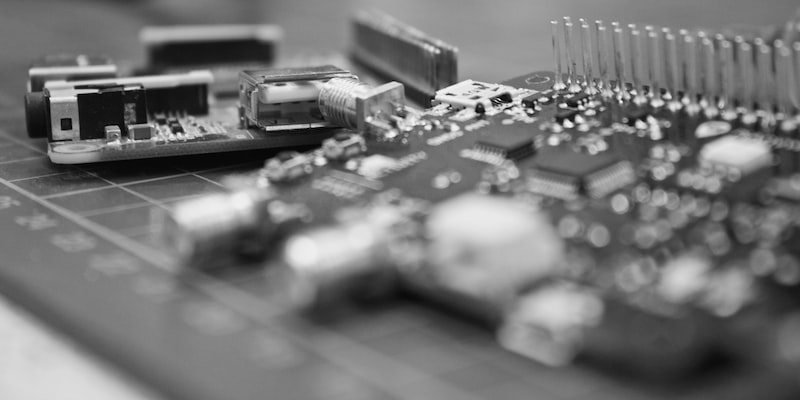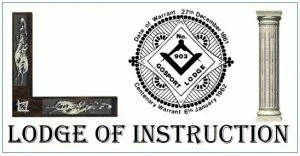
Introduction to IoT Remote Level Monitoring
In today’s connected world, remote level monitoring is an increasingly popular technology that allows for the remote measurement and monitoring of various levels of liquids and gases. This technology is often referred to as IoT remote level monitoring, or Internet of Things (IoT) level monitoring. IoT level monitoring is used across a variety of industries, including oil and gas, water, wastewater, and industrial processes.What is IoT Remote Level Monitoring?
IoT remote level monitoring is a technology that uses special sensors to measure and monitor levels of liquids, gases, and other substances in real time. The data collected is then transmitted to a remote monitoring platform, where it can be accessed and analyzed remotely. This type of monitoring is beneficial because it eliminates the need for manual monitoring, which is often costly and time-consuming. Additionally, it allows for more efficient and accurate monitoring, as the data can be monitored more quickly and accurately than if it were done manually.Benefits of IoT Remote Level Monitoring
IoT remote level monitoring offers many benefits to businesses, including improved efficiency, cost savings, and improved safety.- Improved Efficiency: IoT level monitoring eliminates the need for manual monitoring, which can be both costly and time-consuming. With remote monitoring, businesses can quickly and accurately monitor levels, allowing for more efficient operations.
- Cost Savings: Remote level monitoring also helps businesses save money, as they no longer need to pay for manual monitoring or invest in expensive equipment. Additionally, remote monitoring can help reduce energy costs, as the data can be monitored more efficiently.
- Improved Safety: Remote monitoring also helps improve safety, as it can help to identify potential hazards or problems before they occur. This can help reduce the risk of accidents and potential damage to equipment.
Conclusion
IoT remote level monitoring is a powerful technology that can provide businesses with a number of benefits, including improved efficiency, cost savings, and improved safety. By utilizing this technology, businesses can monitor levels more accurately and efficiently, leading to more efficient operations and cost savings. Additionally, this technology can help improve safety, as it can help to identify potential hazards or problems before they occur.IoT remote level monitoring is a technology that uses sensors to collect data from various points in a business environment. This data is then transmitted wirelessly over a network, allowing businesses to monitor various aspects of their operations. IoT remote level monitoring gives businesses more control over their operations and helps them make better decisions about how to manage their resources. Here's what you need to know about implementing IoT remote level monitoring in your business.
What Is IoT Remote Level Monitoring?
IoT remote level monitoring is a type of technology that uses sensors to collect data from various points in a business environment. This data is then transmitted wirelessly over a network, allowing businesses to monitor various aspects of their operations. By collecting data from these points, businesses can gain valuable insights into their operations, allowing them to make better decisions about how to manage their resources.
Benefits of IoT Remote Level Monitoring
IoT remote level monitoring offers many benefits to businesses, including:
- Increased visibility into operations: With IoT remote level monitoring, businesses can gain a greater understanding of their operations, allowing them to make better decisions about how to manage their resources.
- Reduced costs: IoT remote level monitoring can help businesses reduce costs by allowing them to monitor their operations more efficiently and quickly identify any areas that need improvement.
- Improved customer service: By having better visibility into their operations, businesses can provide better customer service and ensure that customers are getting the best possible experience.
Implementing IoT Remote Level Monitoring in Your Business
Implementing IoT remote level monitoring in your business can be a complex process. Here are some steps to help you get started:
- Identify the areas you want to monitor: Start by identifying the areas of your business that you want to monitor. This will help you determine which sensors and devices you need to purchase.
- Purchase the necessary equipment: Once you know the areas you want to monitor, you can purchase the necessary sensors and devices. Make sure to choose high-quality equipment that is compatible with your network.
- Install and configure the sensors: After you have purchased the equipment, you need to install and configure the sensors. This is a complex process, so it's important to make sure that you follow the instructions carefully.
- Test the system: Once you have installed and configured the sensors, you need to test the system to make sure it is working properly. This will help you identify any potential problems before they become a major issue.
IoT remote level monitoring can be a great way to gain valuable insights into your operations and make better decisions about how to manage your resources. By following these steps, you can ensure that you get the most out of your IoT remote level monitoring system.
IoT remote level monitoring is the use of internet-connected devices to measure and monitor the levels of substances in remote locations. By connecting a variety of sensors, IoT devices can measure the levels of liquids, gases, and solids in remote areas and provide real-time data to users. This technology is being used in a variety of industries, including manufacturing, energy, agriculture, and healthcare.
In the manufacturing industry, IoT remote level monitoring can be used to measure the levels of raw materials, finished products, and other process-critical variables. This data can help streamline production processes, leading to more efficient production and higher quality products. In the energy sector, remote level monitoring can help optimize energy usage by measuring the levels of energy used in different locations. This data can be used to identify areas that need to be improved or where energy is being wasted.
In agriculture, IoT remote level monitoring can be used to measure the levels of water, nutrients, and other substances in crop fields. By measuring these levels, farmers can optimize their irrigation and fertilization processes to ensure maximum yields. In healthcare, remote level monitoring can be used to track the levels of medications and other substances in remote locations, allowing healthcare providers to better monitor patient health.
The latest developments in IoT remote level monitoring technology are making this technology even more powerful and accessible. For example, some devices now use AI-based algorithms to analyze the data collected from sensors, allowing for more accurate readings. Additionally, devices are now able to connect to the internet using different communication protocols, such as Bluetooth, Wi-Fi, and LoRaWAN. This makes it easier to access and share data from remote locations.
These developments in IoT remote level monitoring technology are helping to improve the efficiency and accuracy of monitoring processes in a variety of industries. With the ability to measure and monitor the levels of substances in remote locations, users are able to make better-informed decisions and optimize their operations.









